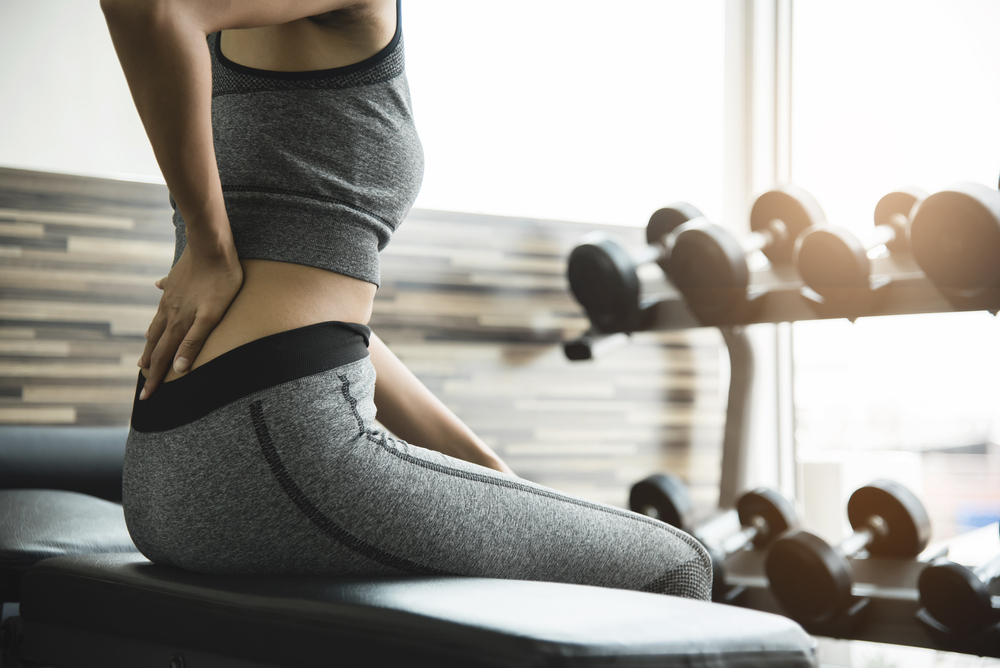Whether you’re just getting started or you’ve been training for years, workout injuries can happen to anyone. But the good news is, most are preventable—especially when your training is guided by functional movement, expert coaching, and a safe, supportive environment like those found at women only gym spaces. At many gyms in Highett, personal trainers are seeing the same injuries crop up time and again. From knee pain to lower back strain, understanding what causes these issues—and how to fix them—can keep your workouts pain-free and effective.
Knee Pain and Patellofemoral Syndrome
Knee issues are one of the top complaints among active women, especially those new to strength or cardio training. Patellofemoral syndrome, also called “runner’s knee,” is often caused by poor tracking of the kneecap due to weak glutes or quads.
Avoid it by:
- Incorporating glute bridges, lateral band walks and step-ups into your warm-up.
- Paying attention to your squat and lunge form—knees should track in line with your toes.
- Getting a functional movement assessment at your local women only gym to identify imbalances.
Lower Back Strain
Lower back pain is frequently linked to poor form during deadlifts, kettlebell swings, or even bodyweight movements like planks. It’s also more common in women with weak core muscles or tight hip flexors—especially those who sit a lot during the day.
Avoid it by:
- Building a strong core with exercises like bird-dogs and dead bugs.
- Learning proper hip hinge mechanics from a qualified trainer at gyms in Highett.
- Focusing on posture during both workouts and daily life.
Wrist and Shoulder Strain
Wrist and shoulder pain tend to show up in women who love push-ups, overhead presses, or yoga. It’s often a sign of poor joint stability, lack of strength in the rotator cuff, or wrist mobility limitations.
Avoid it by:
- Strengthening the rotator cuff with light external rotations or resistance band work.
- Using push-up variations like incline push-ups to reduce wrist pressure.
- Improving shoulder mobility through dynamic warm-ups and foam rolling.
Shin Splints
This one’s especially common in women starting running-based programs or HIIT training. Shin splints occur due to sudden increases in impact activity, weak ankles or calves, or unsuitable footwear.
Avoid it by:
- Progressing your running or jumping volume gradually.
- Training barefoot during strength sessions (if safe and supervised) to build foot strength.
- Consulting a coach at a women only gym to review your movement patterns and recommend supportive footwear.
Pelvic Floor Issues
An often-overlooked injury for women involves pelvic floor dysfunction. This can show up as leakage during skipping or jumping, pelvic pain, or pressure during core work. It’s especially relevant for postpartum women, but not exclusively.
Avoid it by:
- Learning how to engage the pelvic floor with breathwork and alignment coaching.
- Replacing crunches with core-friendly alternative exercises like heel slides or wall sits.
- Joining a gym that understands women’s health—many gyms in Highett now include pelvic floor education in their programming.
Why Functional Movement Matters
At the core of injury prevention is functional movement—the ability to move with control, coordination and proper mechanics. Functional training mimics real-life movement patterns, which makes your workouts safer and more transferable to everyday tasks. This kind of training is central to most women only gym programs because it helps address weaknesses before they turn into injuries.
Gyms in Highett with a strong focus on functional movement offer tailored assessments, corrective strategies and coaching from a personal trainer to prioritise injury prevention as much as results. Whether you’re lifting, jumping, or stretching, these principles reduce risk and support long-term progress.
Train Smart, Stay Strong – Join A Women Only Gym Near You
Injuries don’t have to be part of your fitness journey. By choosing a women only gym that understands how women move, prioritising functional movement in your workouts, and seeking professional coaching at one of the many top gyms in Highett, you can sidestep common injuries and train with confidence. Movement should feel empowering—not painful. Stay aware, stay supported, and keep moving well.


